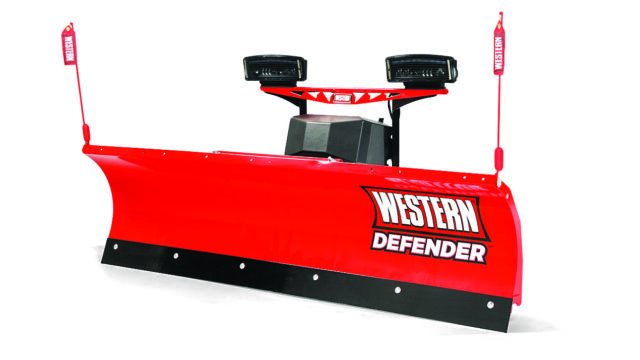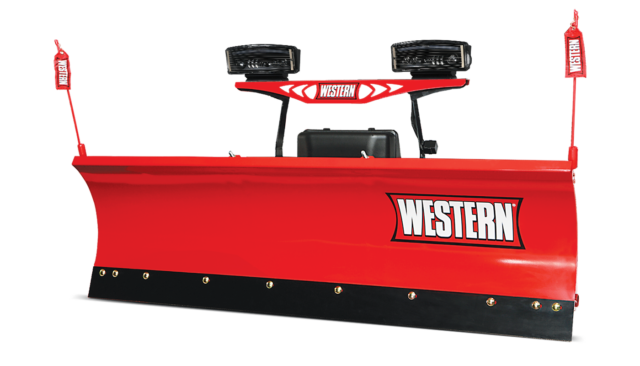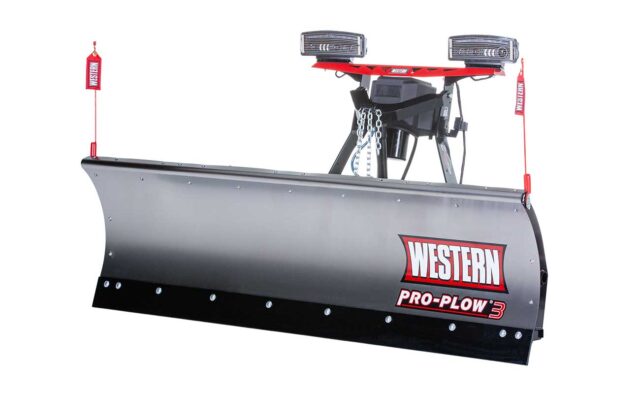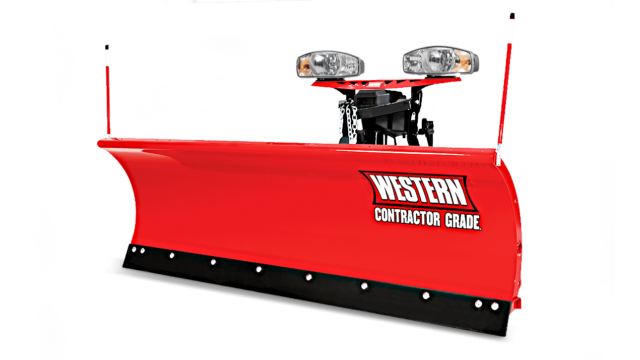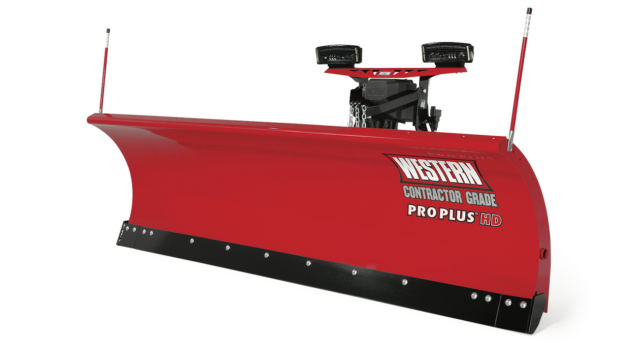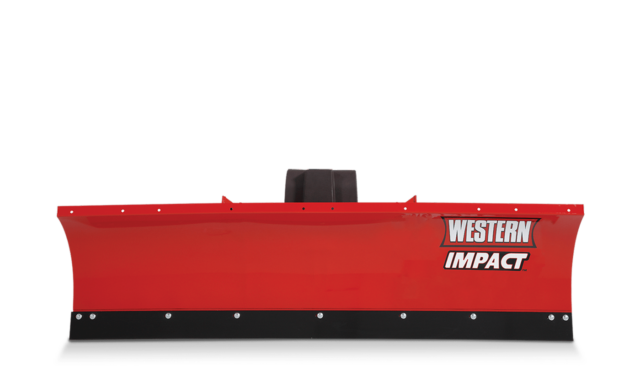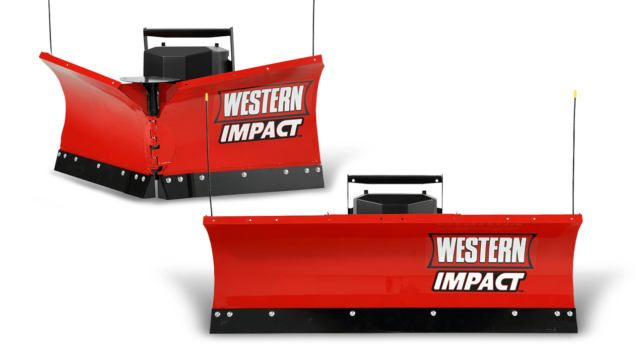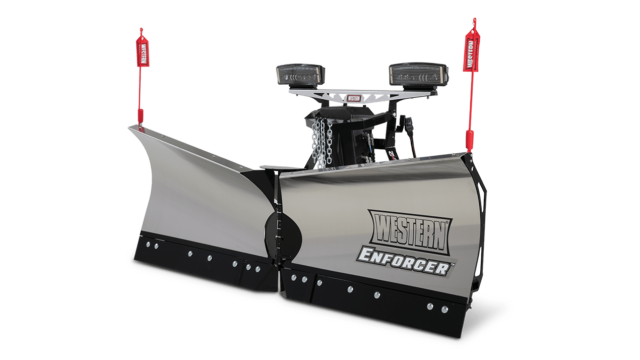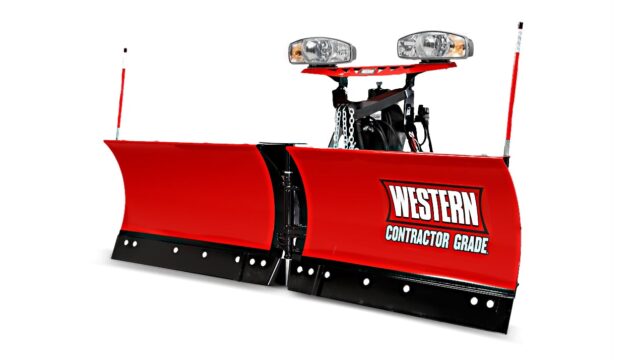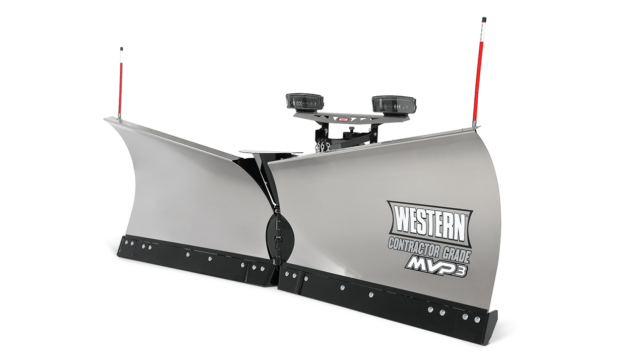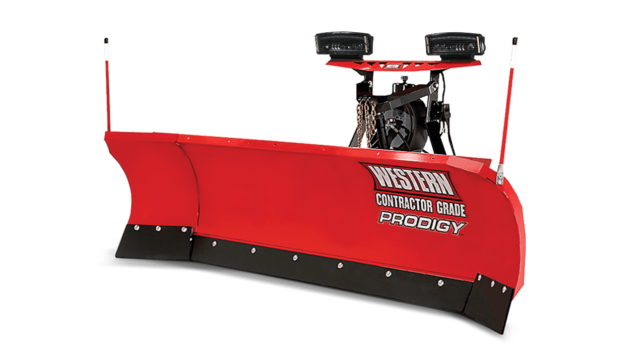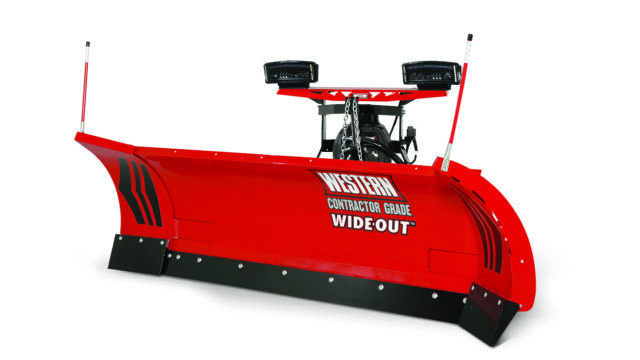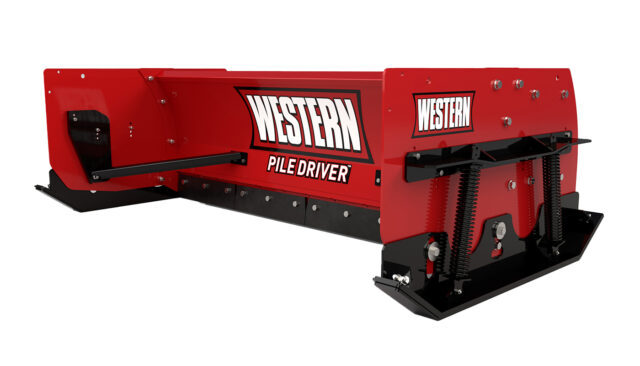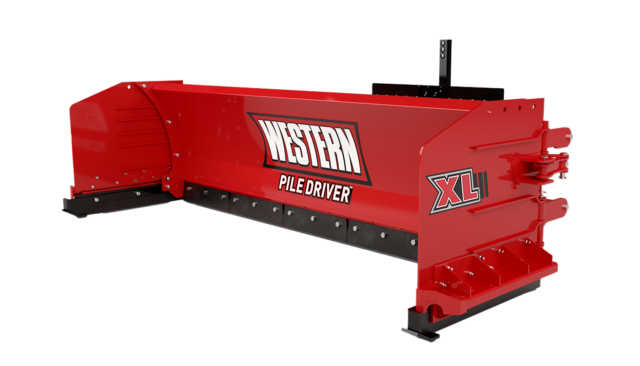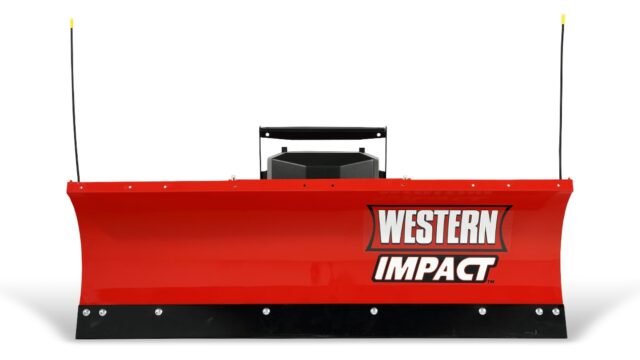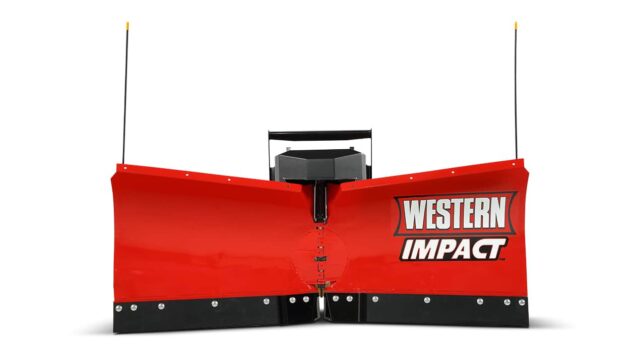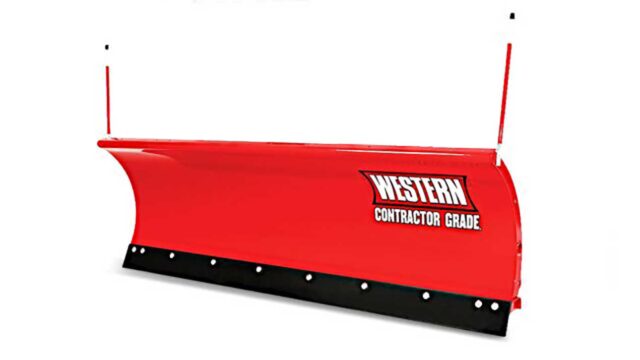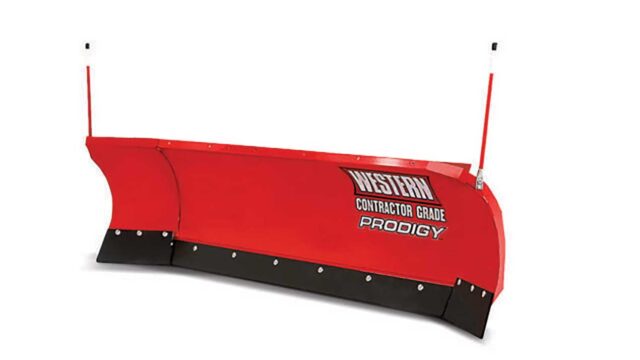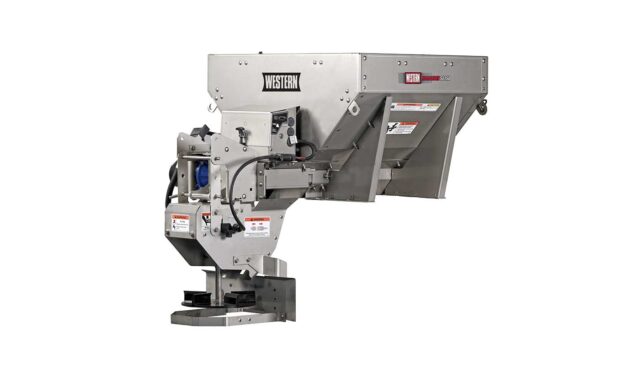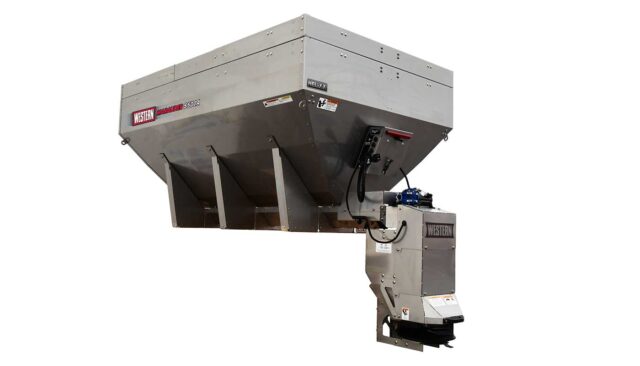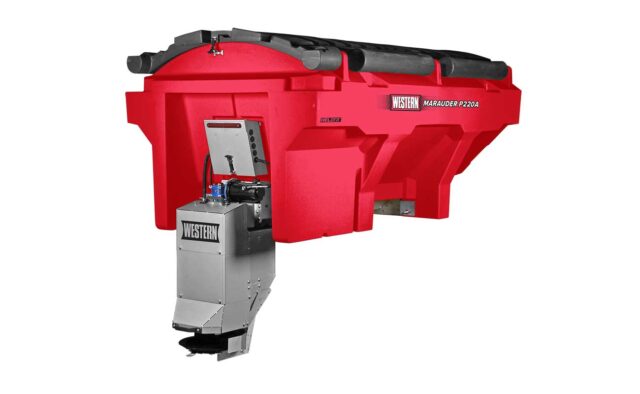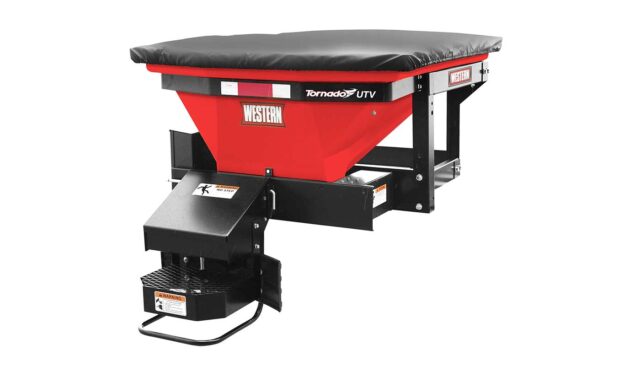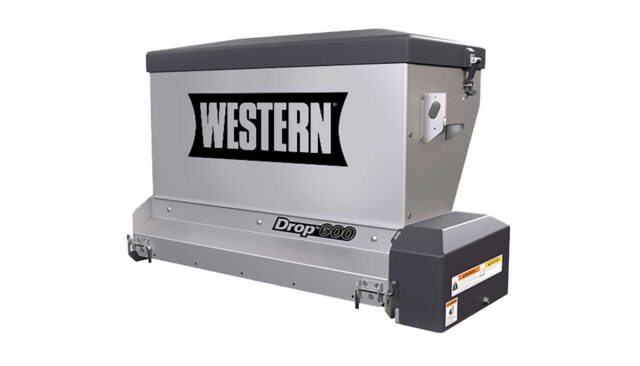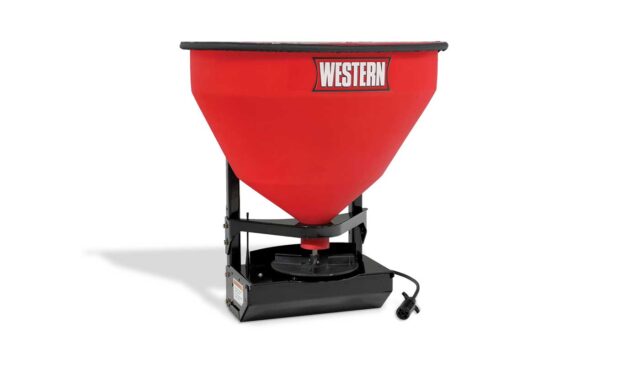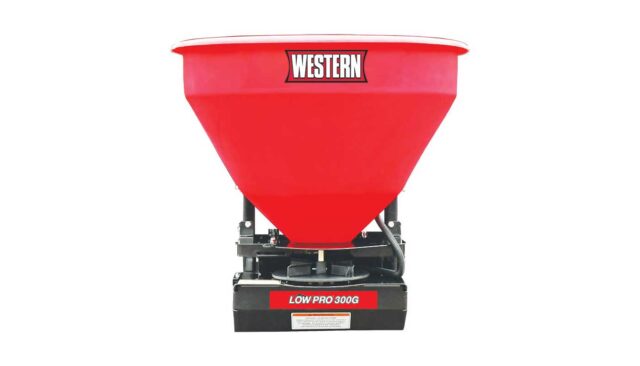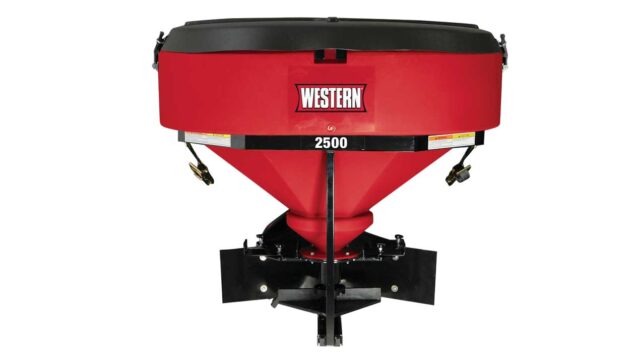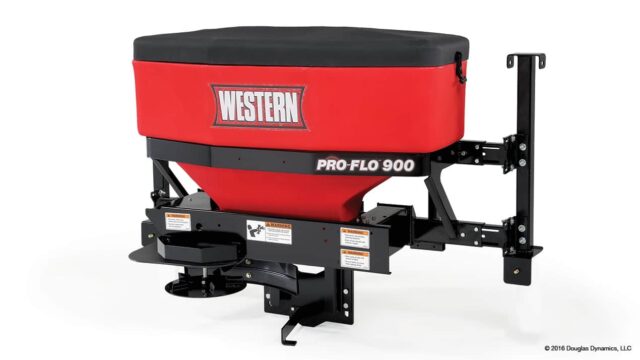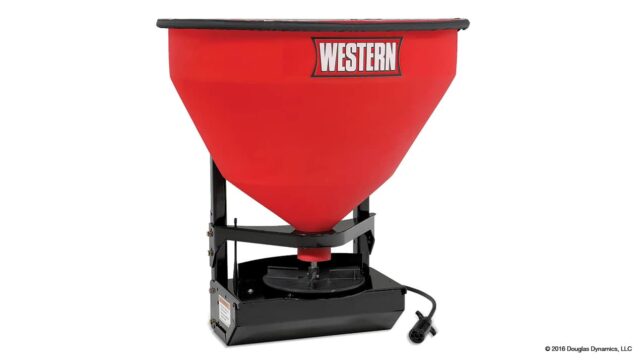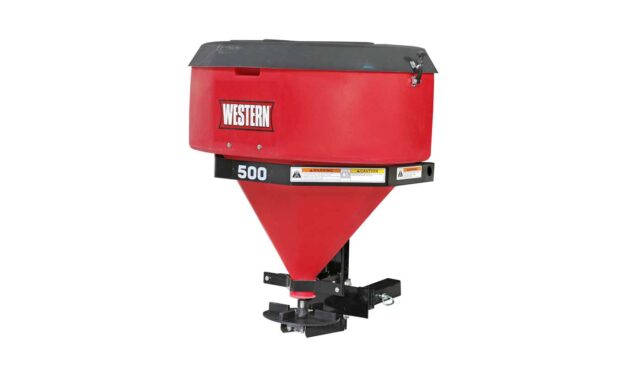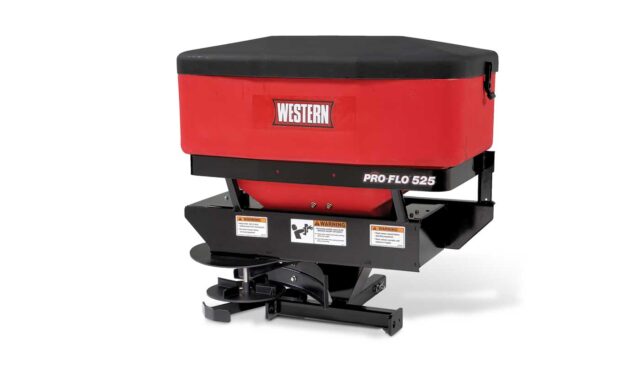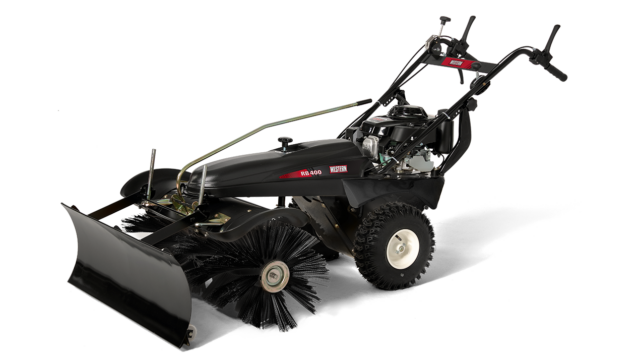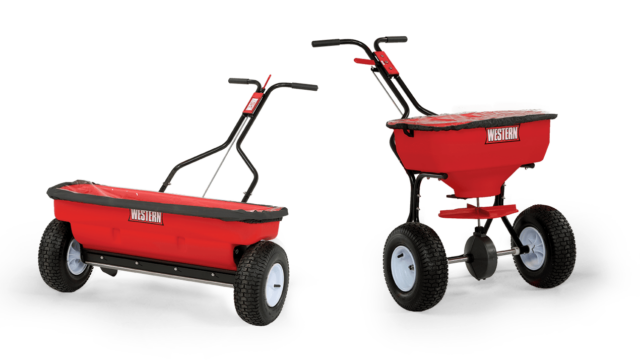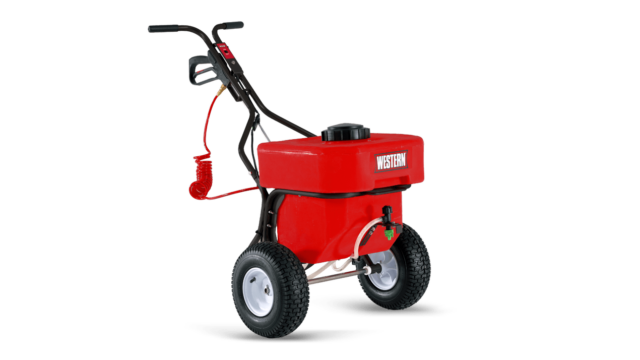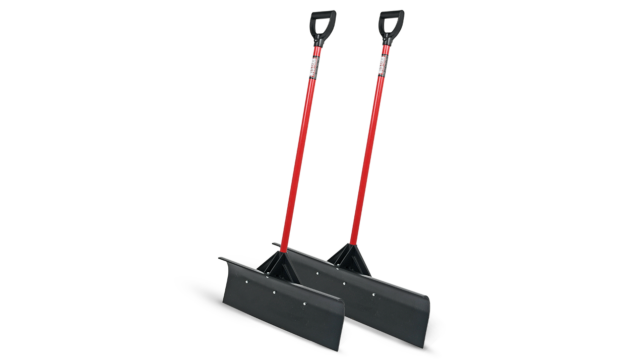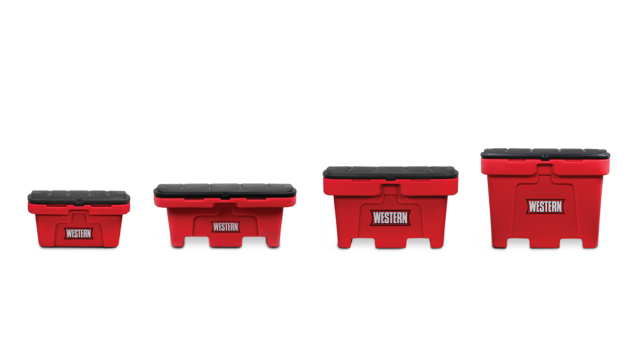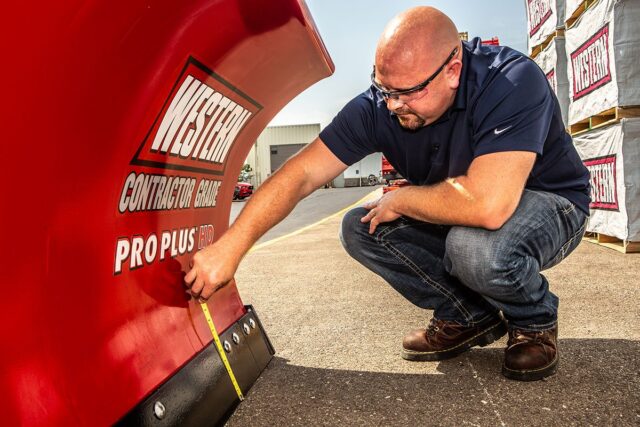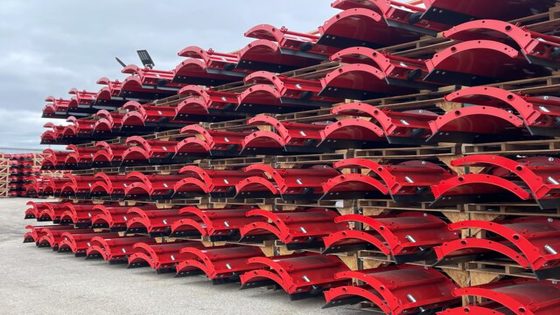Safe & Efficient Snow Stacking
Created November 25, 2019
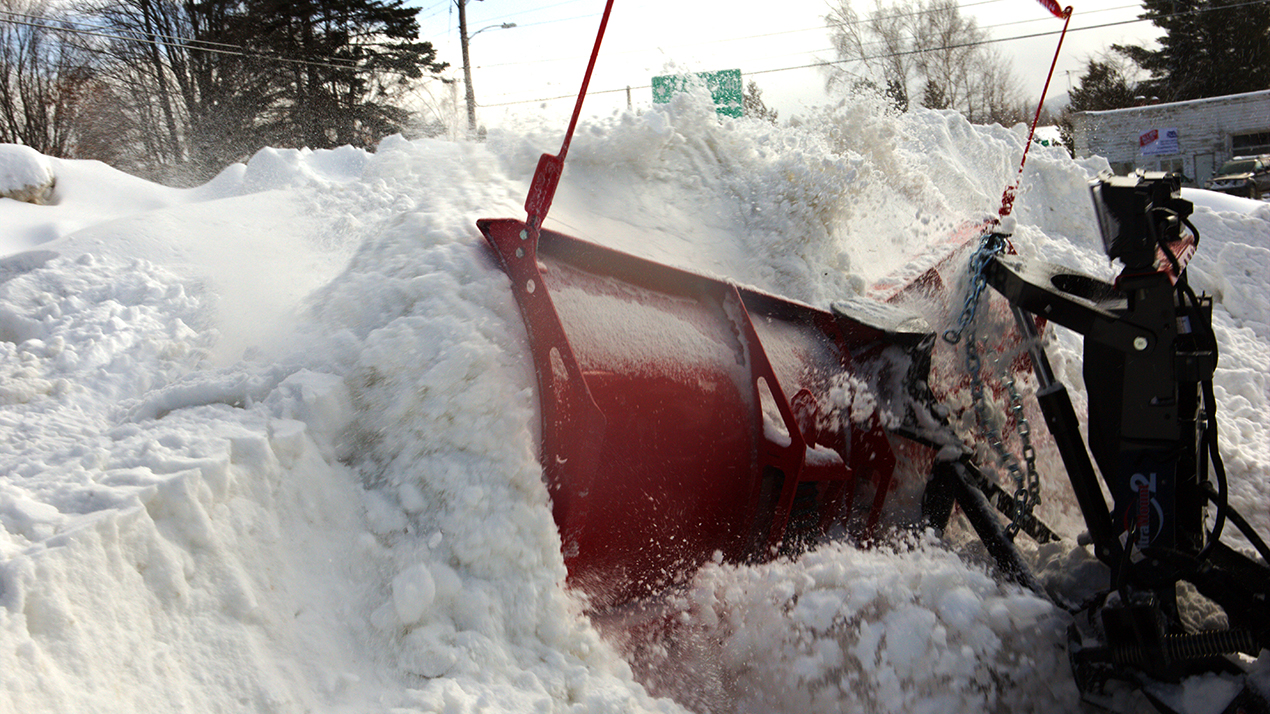
During snow removal operations, make sure you follow best practices to ensure efficient operations and to protect not only your safety, but also pedestrians and drivers that may be on site during service.
Preseason Site Visit
Prior to winter operations, ensure you visit each site to become familiar with the properties you will be servicing. Training should include studying site maps that have been created, noting relevant problem areas, where to stack snow, potential melt/refreeze, etc. The site maps should have been created based on a preseason meeting and/or walk-around, so following the maps ensures you are meeting the client’s and your manager’s expectations.
Pre-Event Site Visit
Before every event, evaluate your work area, no matter how familiar you are with the site. Vehicle and foot traffic could impact your ability to safely service the site and place snow where instructed on the site maps. It is important to also note any stacking issues during your site hazard analysis, including a) melt/refreeze conditions, particularly on south sides of buildings b) clearance issues c) line of sight for traffic and pedestrians and d) snow pile instability and snow fort activity.
When stacking snow, make sure to follow these best practices techniques:
- Plow with the blade in a straight forward (not angled) position. Plow forward and upward to create the piles.
- Piles typically should not exceed two times the height of the stacking equipment. Stacking too steeply can cause the pile to become unstable and can damage equipment or can cause injuries should it collapse.
- Be aware of low-hanging power lines as you stack since contact with these lines can be dangerous.
- Avoid plowing snow across intersections of public streets. In many instances, this is against the law.
- Understand where snow cannot be stacked for environmental reasons (e.g., near stormwater management systems, etc.).
- If stacking with heavy equipment, ensure properly outfitted spotters are used.
What to Watch for When Stacking Snow
These are a few of the key areas to consider when stacking snow during winter operations:
- MELT / REFREEZE: Snow piles should be placed in areas to prevent runoff and refreeze in the pedestrian field. The slope of the property and the placement of drains can cause water to flow onto a walking surface and freeze.
- PARKING: Stack snow on the exterior of the site when possible. Piling snow in the middle of a lot takes up valuable parking space and can cause sight line issues. Never stack snow in or near handicapped spaces.
- LINES OF SIGHT: Be mindful of lines of sight, particularly when piling snow near parking spaces, at the ends of parking lanes and from blowing and drifting snow from large piles. Never pile snow so high or wide that it obstructs the view of traffic.
- WATCH FOR PEOPLE: Inspect existing piles prior to operations, particularly in residential areas. Ensure children aren’t playing in and around the mounds since unstable stacks can collapse, trapping them inside.
- TRAFFIC FLOW: Do not plow into entrance/exit lanes. Stacked snow can impede flow, forcing vehicles into oncoming traffic, or cause congestion or accidents. Larger piles can obscure traffic signs, sight lines and curbs.
- DON’T BLOCK ACCESS: Never stack snow against or around fire hydrants or other emergency access areas. Doing so can damage structures and limit first-responder access in the event of an emergency.
The Right Equipment For the Job
Safe and efficient snow removal depends greatly on having the right equipment for the job.
Pushers are great for stacking snow. Non-truck vehicles like skid-steers, tractors, and loaders are way better vehicles than trucks for stacking snow because they can raise snow higher. Meaning, they can get more snow out of the way and off the surface you’re clearing for your customers.
